Defining your brand voice embraces several levels of research and messaging development. From knowing your audience in depth to formulating your brand’s tonality with key research insights is the foundation to your brand development.
Whether we develop a personal brand, a start-up, or refine an already existing brand, the following 5 UX phases help to structure a methodology that sets a clear path to defining your brand voice with measurable outcomes.
1. Know and recognize your audience
Before any messages, call-to-actions, or even taglines can be set, the audience or user base needs to be defined.
Who are our customers? What are their needs and motivations? What are their communication preferences?
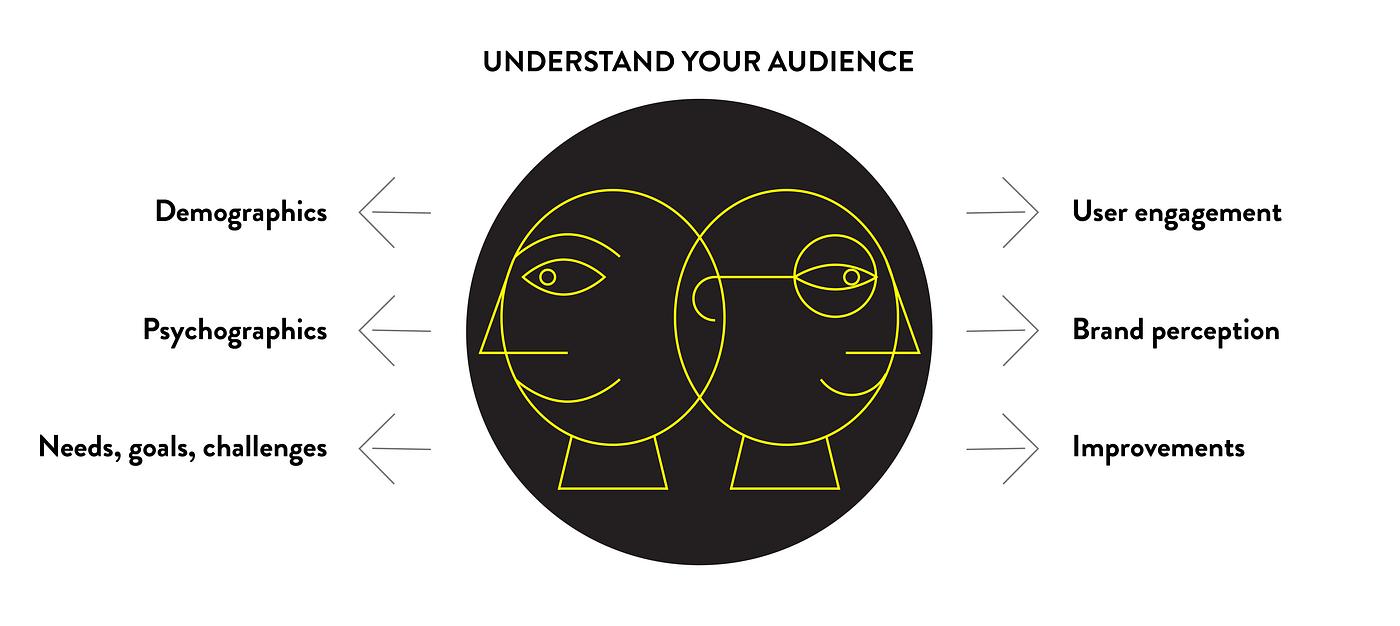
Research can be further broken down into categories such as establishing your audience’s demographics and environment, psychographics that include the audience’s interests and lifestyles, pain points and needs, who the audience interacts with the product, how the audience perceives the brand within the marketplace, and lastly, identifying areas of improvements and refinements.
UX tools that serve audience research can include personas, personal interviews, scenarios, user journey maps, and social media analytics.
At this early stage of developing your brand voice, engage in listening deeply to your potential future customers. Listen to their stories, engage in their dialogue, and dig into their needs and expectations.
The better you understand your audience early on in the process, the clearer your brand voice.
2. State your business values
What principles guide you as the business owner, stakeholder, and representative? Are you a green business engaged in sustainable sourcing? Are you a company at the forefront of technology? Do you invest in educational endeavors?
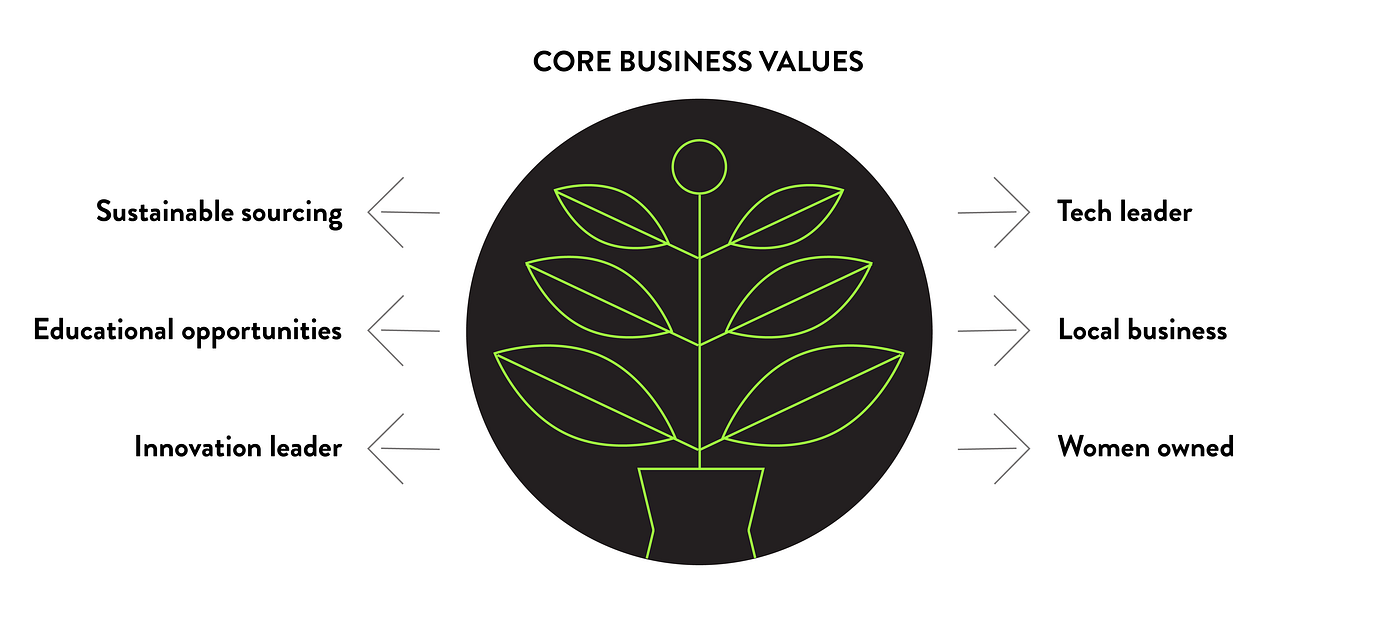
Your brand voice embraces the values that are dear to the organization. State all the benefits that your values will bring to the customers.
Define the experiences and emotional reception that you expect from customers.
For instance, do you want to engage with your customers’ concern for a clean environment, or, do you want to position yourself as a leader in education in the area of your business? Do you intend to engage your customers in some way to contribute to your business, for example, by providing user feedback stories?
UX tools such as a value proposition and mission statement can be used to clarify your core business values.
Communicate your business values to connect them with the needs and goals of your customers.
3. Define your brand’s tone
The tonality of your brand’s messaging is key to expressing what the business provides and stands for. The brand tone can vary greatly from business to business.
Apple, for example, uses short and succinctly punctuated headlines to draw the user in. The brand tonality is swift and precise, exactly what we’d expect from a tech leader and innovator.
Microsoft, on the other hand, uses a more prosaic approach to messaging. Longer sentences explain what the user can expect when clicking on the product link. Thus, Microsoft positions itself as a place where users can rest for a while and consider their options.
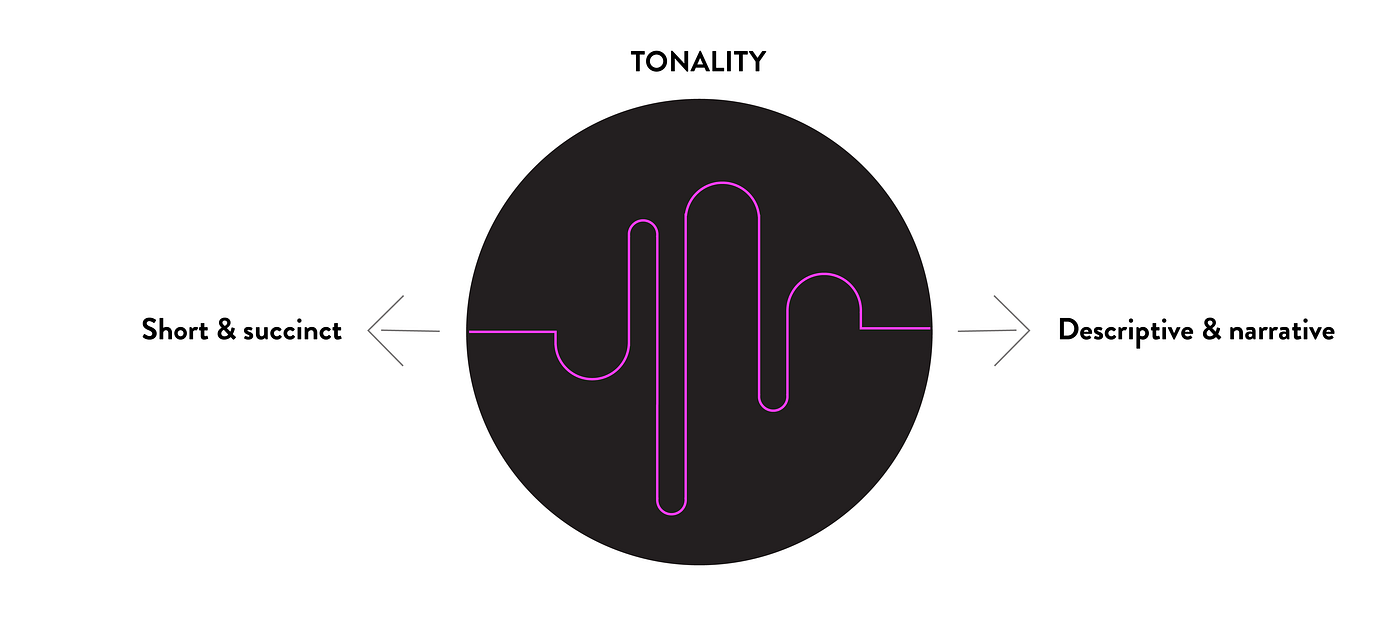
Your brand’s tonality considers your audience’s preference for communication, availability of interaction time, or the channel chosen to access the product.
The brand’s tone can be friendly and engaging, serious and informative, or neutral and professional.
UX tools such as a messaging guide, style library, and tonality reference guide can be used by the whole team to align all brand communication.
Use a brand tonality that matches your audience’s ear.
4. Gather feedback to refine your brand voice
Developing a brand voice is a process that requires iteration on the above 3 phases multiple times. Testing and asking for feedback is an important part of every step in the process.
For an established brand, refining a brand voice might involve a tiny adjustment in a headline, or adding more in-depth information to a user interaction.
For a start-up brand, brand voice refinements can be an entire rewrite of the opener.
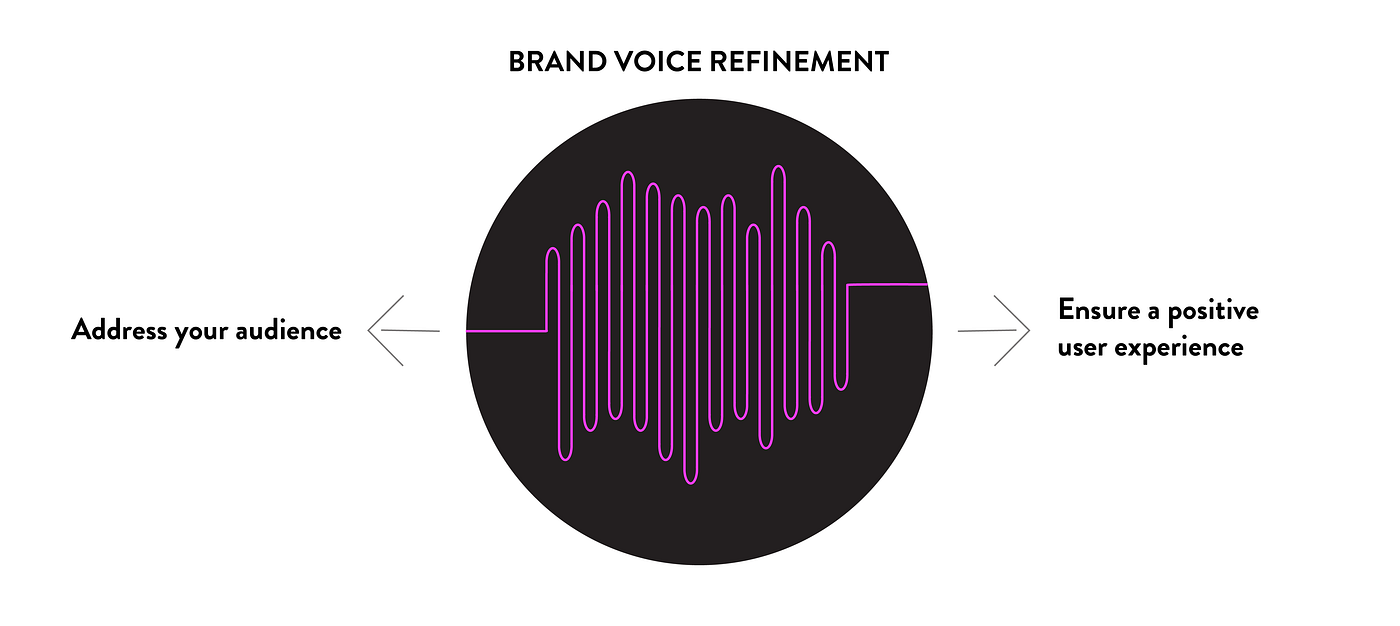
Iterating on a brand voice through customer testing and client feedback needs to be part of every brand strategy and brand voice development.
Important aspects of what resonates with customers and how to present that with a brand voice is a subtle evolution of communication improvements, user experience refinements, and integration of future brand offers that build on existing qualities.
Refine your brand voice in precise terms, such as, fore example, ‘personable’, or ‘sociable’. Even go a step further: Can we express ‘personable’, or ‘sociable’ by using UI icons, or branded graphics?
5. Trust and entitle your team to ensure brand voice adherence
Empowering the team to execute on the brand’s voice is crucial for developing a cohesive brand. Each member of the team is responsible for using a brand voice uniformly across all communication channels. Messaging guidelines, visual brand guides, and design systems are the UX foundational tools for working together as a team.
Conduct workshops and reviews regularly to exchange research information, review designs, and check for brand voice consistency.
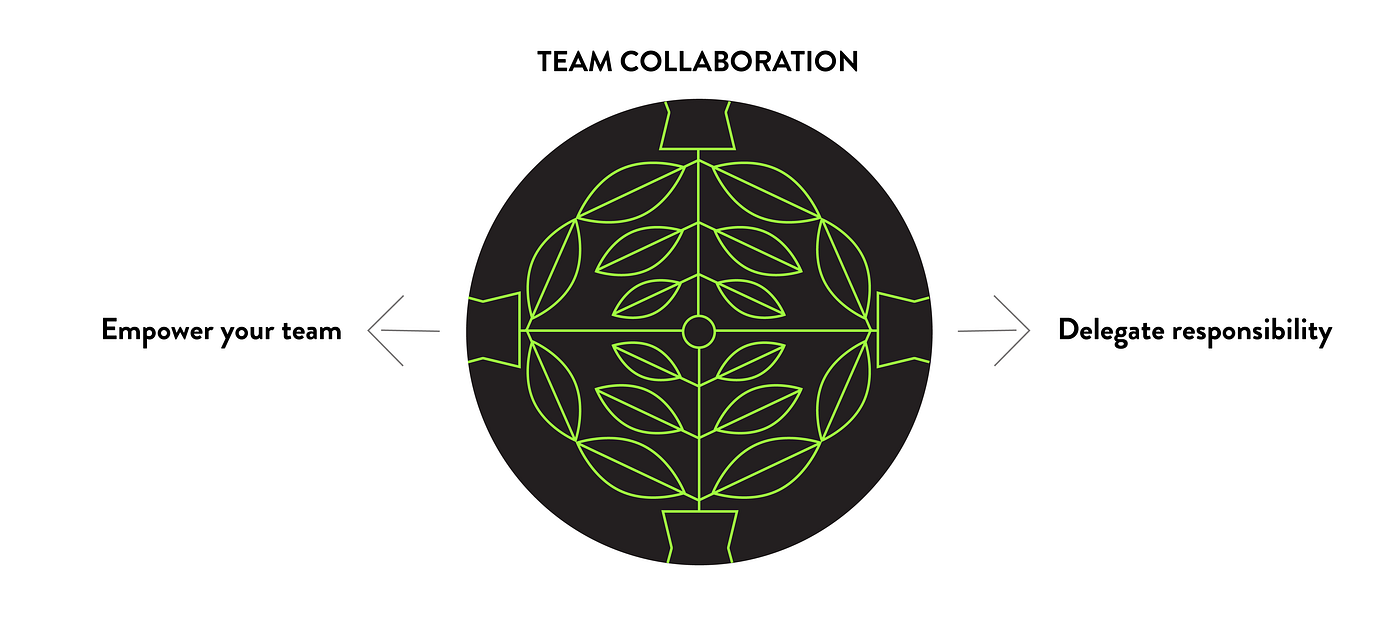
Brand voice guides should only be iterated on after comprehensive research and analysis of why they need to change and how.
A team that consistently stays informed about brand’s voice and tonality can ensure adherence to the brand’s mission and audience experience.
Key takeaways
- Invest time upfront to research and define your audience before developing any key messaging and branding.
- Integrating your business values into your brand voice is key to building your audience and meeting their needs.
- Define your brand’s tonality to fit your audience.
- Refine your brand’s tonality and voice based on user feedback and testing.
- Empower your team to ensure brand voice consistency. Build trust.





